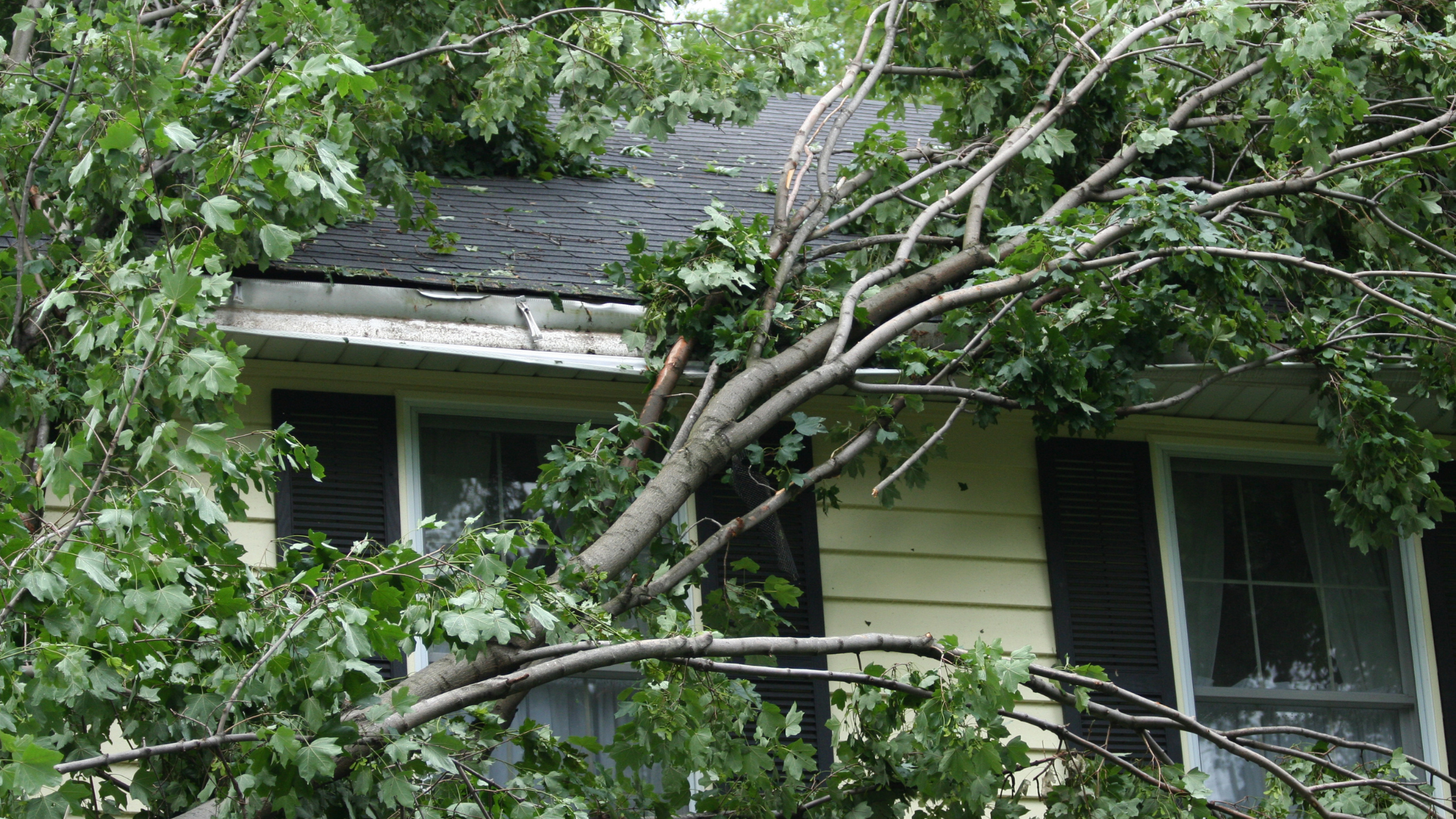Take Steps to Maximize Insurance Benefits After a Storm
Oct. 25, 2021 | Written by: Florida RealtorsTake Steps to Maximize Insurance Benefits After a Storm
.png)
Emergency management professionals advise you to check your insurance, call your insurance company and find out what’s covered under your policy. And if your home is flooded, hire a mitigation firm to vacuum out water as soon as possible.
WOODLAND PARK, N.J. – When Hurricane Ida hit, its heavy rains wreaked havoc across much of New Jersey and southern New York, causing flooding throughout the region. For homeowners faced with the task of cleaning up due to flooding, it’s often a race against the clock.
How do you maximize your insurance coverage and quickly salvage your personal belongings? Here are some important tips from emergency management professionals.
1. Call your insurance company. According to ConsumerReports.com, the first step to file a claim is to get in touch quickly with your insurer or the agent who sold you the homeowners insurance. Your policy may require you to file within a certain time frame.
2. Get a mitigation company. It is crucial to hire a company that can vacuum out water as soon as possible, said Nat Piro, manager of the North Jersey and New York metro division of NFA, a public insurance adjuster. Wood swells in water and the longer it sits in water the greater the damage, he said. It’s also important that the structure be treated for mold.
3. Check your insurance. Flood damage is only covered if you have flood insurance, Piro said. Flood insurance is not required if you do not live in a flood zone.
4. Loopholes. If you do not have flood insurance, there are ways that the damage may be covered under regular homeowner’s insurance, Piro said. Some cases where the damage may be covered include a sump pump that stopped working or a downspout that broke, he said.
5. Take pictures. Be sure to take photos and document any damage resulting from the storm to ensure you have documentation of the impact, which is needed for insurance and any federal or state relief programs that may become available moving forward, said the New Jersey Economic Development Authority.

6. Find out what’s covered by your policy. A standard homeowners’ insurance policy covers damage to the home’s structure and personal property, minus a deductible. The amount you’re paid will depend on the kind of coverage you have. Replacement cost coverage should cover repairing or replacing your home and any lost or damaged items.
Actual cash value coverage will pay you the value of your home and the damaged items inside, according to Consumer Reports.
7. Avoid filing too many small claims. Try not to file claims that appear to be less expensive than the value of your deductible, according to Consumer Reports. That’s because if you’re filing a lot of claims, your insurer may decide that you’re filing too often and raise your premiums. But some storms may prove the exception.
8. Large claim? You may want a public adjuster. If you have a very large claim, you may want to turn to a public adjuster, who works on your behalf and represents you for the claim, Consumer Reports said.
Piro said his company, NFA, typically charges 10% or less of the settlement with company personnel handling the damage estimates and negotiations with your insurance company.
9. Prioritize. You may not be able to save everything after flooding. Focus on what’s most important to you, whether for sentimental or monetary reasons.
